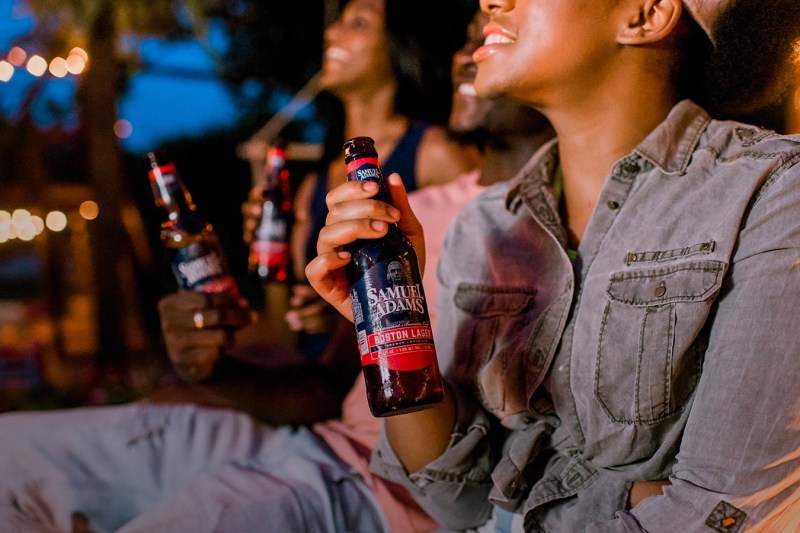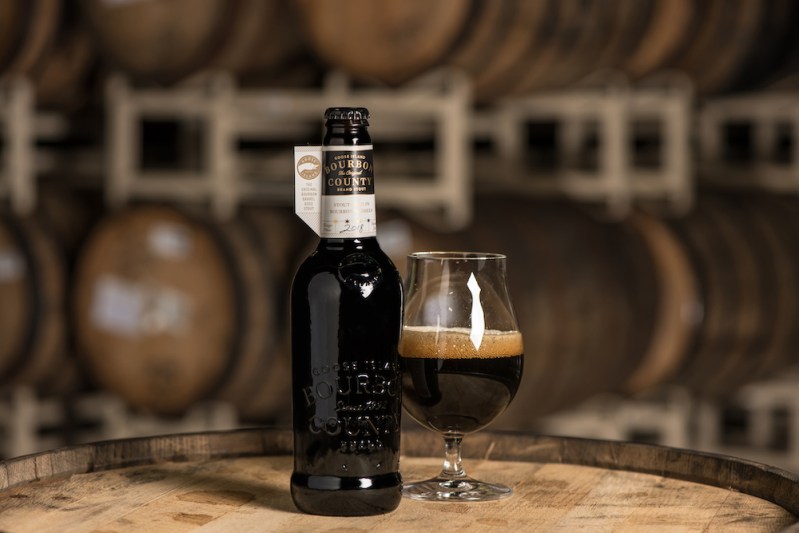Now that 2020 has stretched on for longer than any year should, you’ve probably spent a good amount drinking beer or whiskey or … or … or. But, while drinking, have you taken the time to think about what you’re drinking? if you’re like most of us, probably not. Instead, you’ve opted to hope that it takes effect sooner rather than later. But — and we’re looking at beer here specifically — if you take a moment to think about the craft beer in your hand, there are some pretty interesting stories and some pretty interesting beers that have helped shape what we know as the craft beer scene today.
Communities across the United States boast important breweries and there are important years for beer, but we have taken e on the unenviable task of highlighting the most important craft beers.
There are other, equally significant beers and breweries no longer in existence, like Pete’s Wicked Ale and New Albion Brewery respectively. There are also dozens of breweries that were left off the list — there’s only so many you can include — that have altered the industry in their own right, so cheers to Brooklyn, Green Flash, Stone, Allagash and so many more.
Anchor Steam Beer
Anchor Brewing

Established in 1896, Anchor Brewing probably doesn’t seem like a logical fit in the modern craft beer world. However, when Fritz Maytag, an appliance company heir, bought the brewery in 1965, he saved a brewery on the brink of closing. Batches were small, but the 1971 bottle introduction of Anchor Steam was transformative. The ensuing beer innovation would drive many more breweries to open in the following years. Anchor Steam alone is among the most important craft beers, but add in numerous others like Liberty Ale (hello modern IPAs), Porter (hello modern porters), Christmas Ale (hello seasonal beers) and Old Foghorn Barleywine (hello … well, you get the point) and the brewery’s contributions are nothing short of major.
Sierra Nevada Pale Ale
Sierra Nevada Brewing

The beers craft fans love — all of the hop-forward citrusy and piney ales — wouldn’t be the same without Sierra Nevada Brewing. Every craft brewer looks up to Ken Grossman and Sierra Nevada, and for good reason: Sierra Nevada Pale uses the fantastic and now iconic American-grown Cascade hops. The familiar green label made its way slowly across America but is now nearly as ubiquitous in bars and liquor stores as the major brands (thanks in part to breweries on both sides of the country). Heck, it even made Grossman a billionaire.
Samuel Adams Boston Lager
Boston Beer Company

Jim Koch knew there could be a more flavorful beer than the increasingly similar beers found across America in the mid-1980s. He came up with a business plan for Boston Beer Company and found a brewery to mass-produce his family’s old lager recipe. No brewery has gone head-to-head with the likes of Miller-Coors like Samuel Adams. The fruit of Koch’s labor is Samuel Adams being a brewery everyone knows, even if they don’t pay attention to beer.
Blue Moon
Blue Moon Brewing Company

Not technically a craft beer in the truest sense — it was developed by Coors and owned by MillerCoors — but Blue Moon‘s influence can’t be taken lightly. How many drinkers have been introduced to the idea of more flavorful beer through a glass of Blue Moon and an orange slice? Too many to count. It’s the first wheat beer many people ever try, and for that, it makes this list. Keith Villa, the mastermind behind it, has since moved on and is working on a non-alcoholic THC-infused beer line.
Bourbon County Stout
Goose Island Beer Co.

When Goose Island Beer Co. released a big boozy stout aged in used whiskey barrels, no beer could have seemed crazier. It might not have been a gold mine to start, but Goose Island maintained its course as one of the more innovative breweries throughout the early craft movement and today is renowned for Bourbon County Stout. Goose Island now caught and continues to catch some flak for selling to Anheuser-Busch as the mega-brewer tries to get small, but with pretty much every one of the more than 7,000 breweries in the U.S. making a barrel-aged beer, its influence is widely felt.
La Folie
New Belgium Brewing

Speaking of wood-aging beers, New Belgium Brewing is a leader in the U.S. in terms of wood-aged sour beers, an extremely deep category full of complex flavors. Former brewer Peter Bouckaert came from Belgium and brought a wealth of knowledge, including the brown sour ale, La Folie, which has since informed a legion of sour brewers in the U.S. But talking about New Belgium, Fat Tire Amber Ale can’t be forgotten as it forged a path in the past two (nearly three) decades for all its beers and is an incredible gateway beer.
World Wide Stout
Dogfish Head Brewery

Dogfish Head Brewery really could be on this list for any number of beers, but we’ll go with World Wide Stout. Founder Sam Calagione is one of the celebrities of the beer industry and is as imaginative a brewer as there is. World Wide Stout was one of the first “extreme” beers he made, bringing in an insane amount of barley and hiking up the alcohol percentage to near 20 percent. Dogfish Head also innovated with its 60 Minute IPA and insanely potent 120 Minute IPA, as well as a plethora of beer using strange ingredients to help flavor beers. Just like many of the other breweries on this list, an entire list could be made from only Dogfish Head beers.
Lagunitas IPA
Lagunitas Brewing Co.

The craft beer movement needed a poster child, and the aggressively hopped West Coast IPAs gave it just that. The style is divisive, often too bitter for many and certainly not a great entry-level beer, but it was so different from the macro lagers it was perfect to separate the ideas of beer. There are many options (Green Flash even named its IPA “West Coast IPA”), but Lagunitas Brewing Co. is the best-selling IPA in the nation and a delicious example at that.
Dale’s Pale Ale
Oskar Blues Brewery

For years, cans were reserved for the macro beers. The aluminum containers were said to be the inferior container for beer. Then along came Colorado’s Oskar Blues Brewery and the canned Dale’s Pale Ale in the early 2000s. Now it’s almost uncool to be in bottles as cans offer a superior container to preserve beer’s freshness and allows beer to go so many places glass isn’t allowed.
Heady Topper
The Alchemist

The past decade or so in beer has been driven by “white whale beers” and “it” breweries. First, the industry was largely driven by the big boozy barrel-aged beers, but as the proliferation of IPAs defined the craft beer movement, it only made sense they would soon become the “it” beers. The Alchemist’s Heady Topper, along with Russian River’s Pliny the Elder, became the beers to seek out and drink at least once in a beer drinker’s life. Heady Topper’s line continues directly into the massive surge and popularity of New England IPAs.


